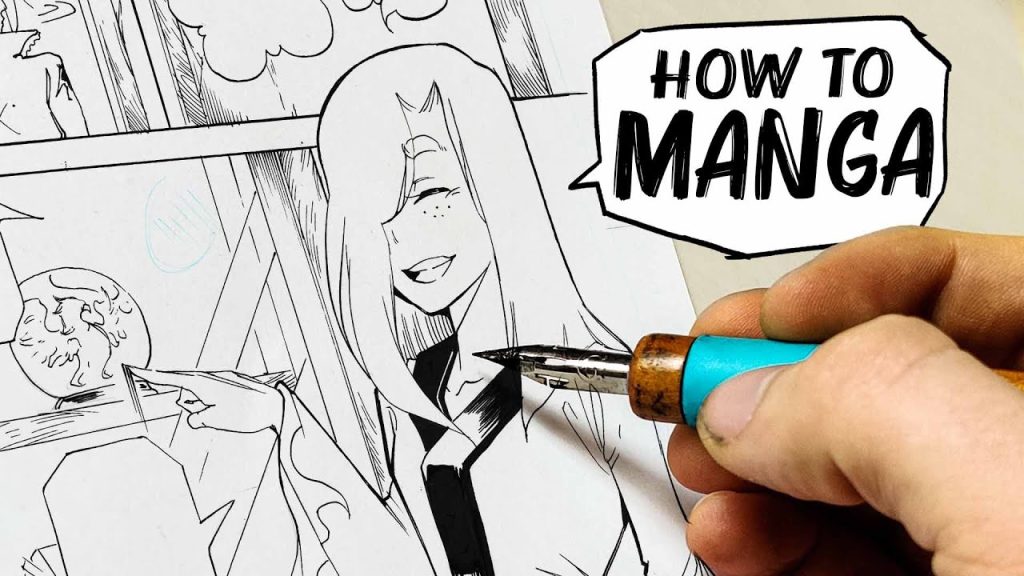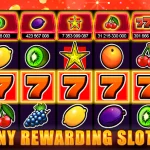Manga creation is a multifaceted process that involves storytelling, artwork, and creativity. While it may seem intimidating at first, with dedication and practice, anyone can learn to create their own manga. Whether you’re an aspiring artist or writer, the following guide will provide you with the essential tools and techniques to get started on your manga-making journey.

Understanding the Basics
Before diving into manga creation, it’s essential to familiarize yourself with the basics. Invest in quality materials such as pens, pencils, paper, and rulers, and familiarize yourself with manga-specific tools like screen tone sheets and nib pens. Understanding fundamental drawing techniques such as perspective, anatomy, and composition will also be beneficial.
Developing Characters
At the heart of every great manga is a cast of memorable characters. Spend time brainstorming character concepts, including their personalities, motivations, and backstories. Pay attention to visual cues such as clothing, hairstyles, and facial expressions to make your characters visually distinct and recognizable.
Crafting a Story
Once you’ve established your characters, it’s time to craft a compelling story for them to inhabit. Develop a strong plotline with clear goals, conflicts, and resolutions. Consider pacing, suspense, and character development as you structure your narrative, and don’t be afraid to experiment with unconventional storytelling techniques.
Paneling and Layouts
Effective paneling and page layouts are essential for conveying your story visually. Experiment with different panel shapes, sizes, and arrangements to create dynamic and engaging compositions. Pay attention to pacing, flow, and visual storytelling techniques such as panel transitions and page turns to keep readers immersed in your story.
Drawing Manga Artwork
The artwork is the backbone of any manga, so it’s essential to hone your drawing skills. Practice drawing manga-style characters, focusing on anatomy, proportions, and expressions. Experiment with different art styles and techniques to develop your unique artistic voice and visual storytelling style.
Adding Dialogue and Text
Dialogue and text play a crucial role in conveying character personalities and advancing the plot. Write clear and concise dialogue that fits each character’s voice and personality, and use sound effects and onomatopoeia to enhance action scenes and add depth to your artwork.
Inking and Coloring
Inking and coloring bring your manga artwork to life, adding depth, dimension, and visual interest. Experiment with different inking techniques such as line weight variation and hatching to create dynamic linework. When coloring, pay attention to lighting, shading, and color theory to evoke mood and atmosphere in your artwork.
Digital Manga Creation
In today’s digital age, many manga creators opt to create their work digitally using specialized software and tools. Digital tools offer advantages such as undo functions, layer management, and easy editing, making them popular choices for manga creation. Experiment with software such as Clip Studio Paint, Adobe Photoshop, or Procreate to find the digital tools that work best for you.
Polishing and Editing
Once you’ve completed your manga draft, take the time to polish and refine your work. Review your artwork and dialogue for consistency, clarity, and pacing, and make any necessary revisions to improve the overall quality of your manga. Consider seeking feedback from peers or joining a critique group to get fresh perspectives on your work.
Publishing Your Manga
With your manga complete, it’s time to consider publishing and sharing your work with the world. Options for publishing your manga include traditional publishing through manga publishers, self-publishing through platforms like Kickstarter or Patreon, or sharing your work online through webcomics or social media platforms. Choose the publishing route that best aligns with your goals and budget.
Resources and Tools
- Digital art software such as Clip Studio Paint, Procreate, or Adobe Photoshop for digital drawing and coloring.
- Manga-specific tools such as Manga Studio, MediBang Paint, or Comic Draw for creating manga panels and layouts.
- Online tutorials, courses, and workshops on manga creation available on platforms like Skillshare, Udemy, or YouTube.
- Reference materials such as anatomy books, art guides, and manga drawing tutorials to improve your skills and knowledge.
Inspirational Examples
- “One Piece” by Eiichiro Oda: A sprawling adventure manga known for its imaginative world-building, memorable characters, and epic storytelling.
- “Attack on Titan” by Hajime Isayama: A dark fantasy manga that explores themes of survival, humanity, and the consequences of war.
- “My Hero Academia” by Kohei Horikoshi: A superhero manga set in a world where people with superpowers, known as Quirks, are commonplace.
- “Sailor Moon” by Naoko Takeuchi: A classic magical girl manga that follows the adventures of Usagi Tsukino and her friends as they defend the world from evil forces.
- “Naruto” by Masashi Kishimoto: A beloved ninja manga that follows the journey of Naruto Uzumaki as he strives to become the strongest ninja and leader of his village.
Conclusion
Making manga is a labor of love that requires dedication, creativity, and perseverance. By following the steps outlined in this guide and drawing inspiration from successful manga creators, you can embark on your manga-making journey with confidence and passion. Remember to stay true to your vision, embrace challenges as opportunities for growth, and share your unique stories with the world through the art of manga creation.








